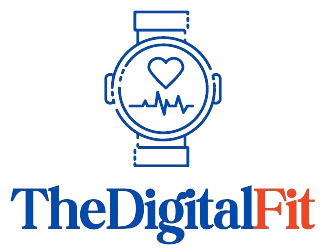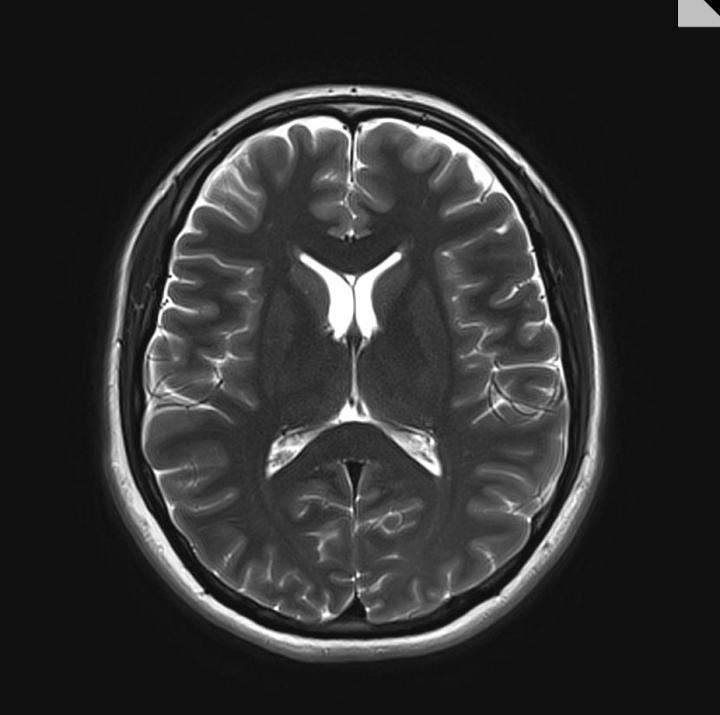A team of researchers from the Scotland-based Universities of Edinburgh and Dundee will use artificial intelligence (AI) and machine learning (ML) to analyse the image data alongside linked health records such as demographics and treatment history, without patients being identifiable, to find patterns that could indicate a person’s risk of developing dementia.
The researchers will use a large data set made up of CT and MRI brain scans from patients in Scotland from 2008 to 2018, representing 1.6 million images.
According to the researchers, the aim of the project, called Scottish AI in Neuroimaging to predict Dementia and Neurodegenerative Disease (SCAN-DAN), is to build a digital healthcare tool that radiologists can use when scanning for other conditions to determine a person’s dementia risk, and to diagnose early stages of related diseases, such as Alzheimer’s.
“Better use of simple brain scans to predict dementia will lead to better understanding of dementia and potentially earlier diagnosis of its causes, which in turn will make development of new treatments easier,” said Professor Will Whiteley, University of Edinburgh’s Centre for Clinical Brain Sciences and SCAN-DAN co-lead.
“Currently treatments for dementia are expensive, scarce and of uncertain value. If we can collect data from a large group of people at high risk, who then give their consent to take part in trials, we can really start to develop new treatments,” he added.
The project is one of three initiatives, known as pathfinders, from global research collaboration NEURii, which launched a year ago.
“Scotland and the UK are at the forefront of clinical data research, building on the unique National Health Service patient number – called the CHI number in Scotland,” said Professor Emanuele Trucco, Expert in AI and medical imaging at the University of Dundee and SCAN-DAN co-lead.
“This new data set will be of great use to neurological researchers. And, should we establish a successful proof of concept, we will have a suite of software tools that are smoothly and unobtrusively integrated with routine radiology operations, that assist clinical decision-making and flag the risk of dementia as early as possible,” he added.
In addition, the researchers mentioned that identifying a patient group with a high dementia risk will facilitate the development of more precise treatments for Alzheimer’s disease and vascular dementia.

